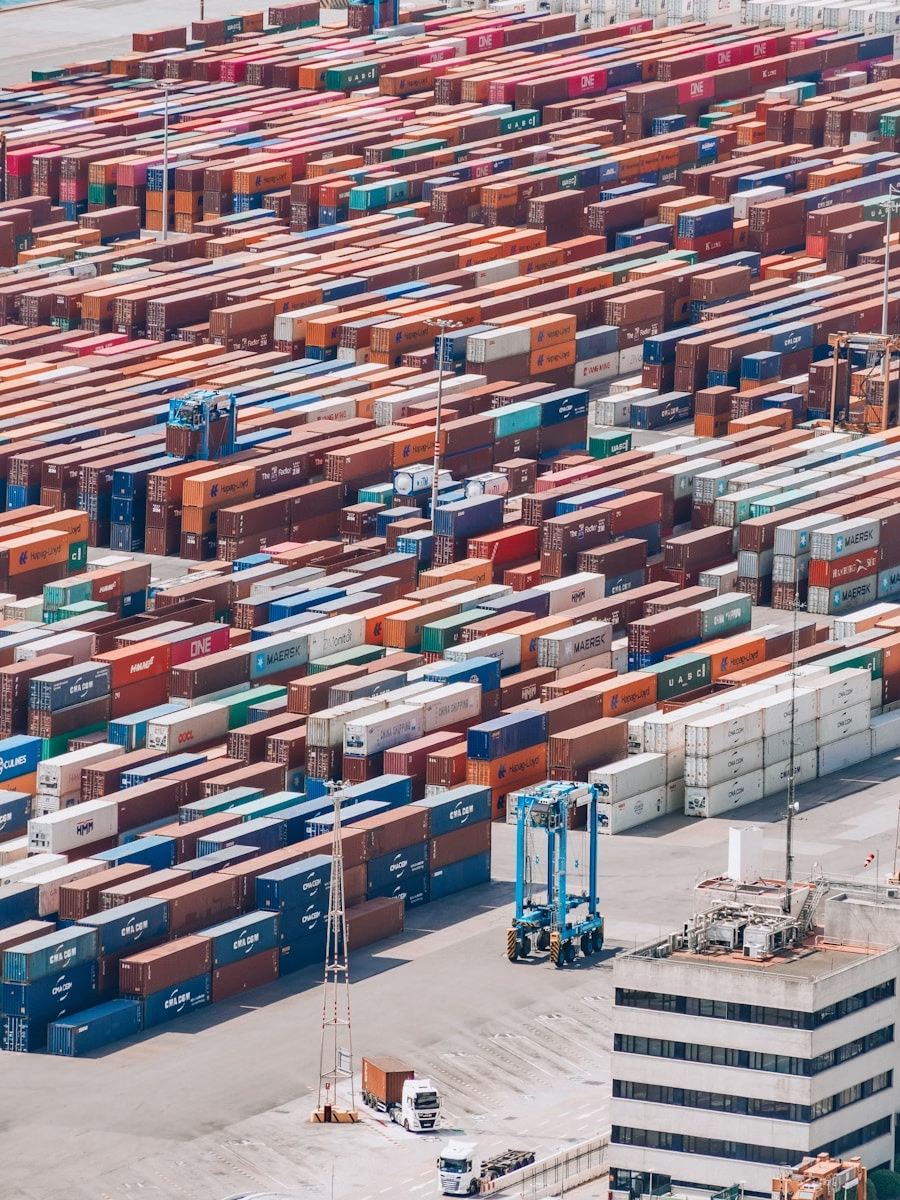Key Takeaways
- US economic growth will outpace earlier forecasts this year
- Global economic growth gets a small boost despite new tariffs
- Tariffs from the Trump administration proved less disruptive than expected
- Higher consumer spending helps sustain growth in many countries
Why economic growth beat the odds
Economists recently raised their outlook for economic growth. They noted that tariffs did not hit activity as hard as they feared. As a result, both the US and global economy will grow a bit more this year. Moreover, consumers kept spending and businesses adjusted their plans smoothly. In addition, lower disruption in factory output and shipping helped avoid big slowdowns.
What changed the forecast for economic growth
First, many companies found ways to cope with new trade fees. They redirected shipments, altered supply chains, and absorbed some added costs. Next, consumer demand stayed strong. Wage gains and healthy job markets encouraged people to keep shopping. Therefore, retailers and service providers enjoyed solid sales.
Furthermore, some industries even saw renewed investment. For example, car makers expanded plants overseas to avoid fees. Tech firms boosted factory capacity in friendly regions. As a result, trade shifts smoothed the impact on overall activity. Thus, economic growth held up better than earlier models predicted.
How tariffs shaped economic growth
Initially, many feared a full trade war could stall growth. However, this year’s signs showed more balance. Tariffs raised prices in certain areas, but they did not collapse entire sectors. Instead, firms moved parts and materials around to minimize fees. Besides, governments granted waivers or delayed some duties. Consequently, the trade tension cut growth by less than expected.
Moreover, import volumes dipped only slightly. Shipping routes changed, but ports stayed busy. In turn, factory output rose modestly. In short, trade frictions nudged growth down, but did not send it into reverse. This resilience helped drive better-than-expected forecasts for economic growth.
Effects on consumers and businesses
Consumers reacted in surprising ways. They shifted buying patterns but did not stop spending. For instance, people swapped pricey imported items for local options. Also, some cut back on big ticket purchases while boosting everyday buys. Yet, overall spending rose enough to keep the economy moving.
Likewise, businesses stayed confident. Many companies reported solid earnings this quarter. They noted that trade costs weighed on margins, but did not derail profit plans. Furthermore, firms used technology to track costs and adjust pricing more quickly. As a result, they kept hiring and investing.
In the labor market, job growth remained healthy. Employers added workers as sales held firm. This steady demand for labor supported wage growth. And higher pay meant consumers had more money to spend. Consequently, households felt less pressure from tariffs and more support from paychecks.
Future outlook for economic growth
Looking ahead, forecasters predict moderate but steady gains. They warn that new trade moves could still shift the picture. However, for now, markets see a resilient trend. As long as consumer demand stays strong, growth should hold up. Plus, any easing of trade barriers would add a fresh boost.
At the same time, companies must stay vigilant. They need to watch costs and keep flexible supply chains. If tensions flare again, smart planning will limit harm. In addition, governments may choose to negotiate deals that ease trade worries. Either way, the new baseline for economic growth looks firmer than before.
In conclusion, a mix of consumer strength, smart business moves, and manageable tariffs drove the surprise. Even with trade uncertainty, economic growth stayed on track and gained a bit of momentum. This outcome shows how adaptable economies can be when challenges arise.
Frequently Asked Questions
What is driving the current economic growth?
Rising consumer spending, healthy job gains, and firms adjusting supply chains all support the recent upturn.
How did tariffs affect manufacturing?
Tariffs raised costs in some areas, but companies shifted production and found workarounds to keep output stable.
Will consumer prices keep rising because of tariffs?
Some prices may tick up, but wage growth and competition help limit big spikes in everyday costs.
What could slow down this economic growth?
New trade disputes, a sharp drop in consumer demand, or major disruptions in global supply chains could weaken the trend.

